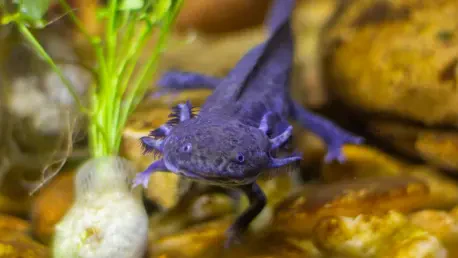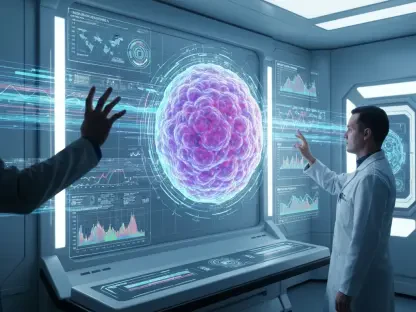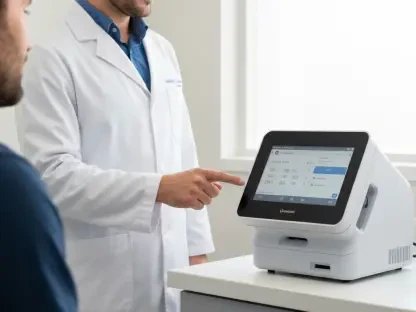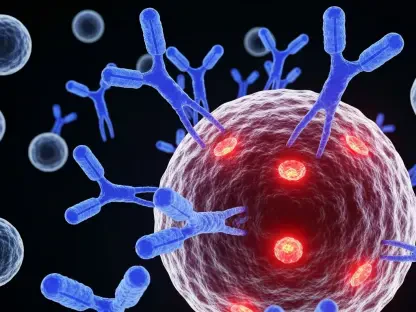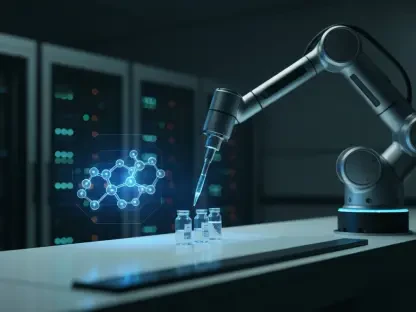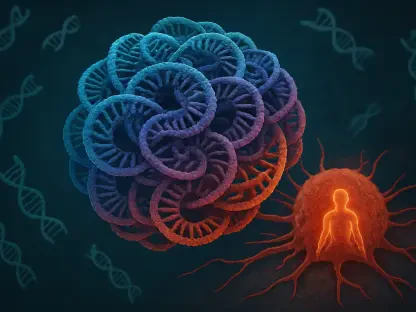In a world where humans are still grappling with the limitations of healing after severe injury, the axolotl offers a tantalizing glimpse into the realm of science fiction becoming science fact. Known for their extraordinary capacity to regenerate whole limbs with precise anatomical detail, axolotls possess abilities that set them apart in the animal kingdom. This incredible feat is guided by a phenomenon known as positional memory, a spatial identity coded into cells during early development. As researchers delve deeper into understanding axolotls’ regenerative prowess, they uncover underlying genetic mechanisms and signaling pathways that also hold relevance to human biology.
Understanding Positional Memory
The Role of Embryonic Development
The concept of positional memory in axolotls is rooted deeply in their embryonic development. It is during these crucial formative stages that cells acquire spatial identities that dictate the body’s patterning and growth response to injury. This early coding ensures that when an axolotl loses a limb, the regenerating cells know precisely which structures need to be reconstructed, down to the finer details of bones, nerves, and skin. Unlike many other organisms, axolotls maintain this positional memory into adulthood, allowing for regeneration with remarkable accuracy. This feature is not found in humans, explaining why amputations result in a loss rather than regrowth of limbs. The mechanisms retaining this memory are a pivotal focus of current research as unraveling them might enable scientists to instigate similar regenerative responses in human tissues.
Genetic and Molecular Foundations
At the core of axolotl limb regeneration are specific genes and molecular signals guiding this complex process. Recent research by Elly Tanaka and her team at the Institute of Molecular Biotechnology has been instrumental in clarifying these pathways. Their work, published in ‘Nature,’ highlights the intricate ballet of genetic expressions and signaling molecules active during tissue regeneration. Focusing on the anterior and posterior cell behavior in regenerating limbs, they have pinpointed differential expressions pivotal for correct regrowth, helping to map the genetic blueprint of this phenomenon. For instance, the anterior cells near where a thumb would be generate fibroblast growth factor 8. Meanwhile, posterior cells near the pinky express Sonic hedgehog (Shh) proteins, critical for limb patterning. Understanding these molecular conversations is key for replicating similar processes outside axolotls.
Discoveries Around Crucial Genes
The Significance of Hand2 and Shh
A groundbreaking aspect of this research is the identification of the ‘Heart and neural crest derivatives expressed 2′ (Hand2) gene in limb regeneration. This gene plays an essential role in driving the expression of Shh, a critical component in many species’ developmental processes. Upon amputation and ensuing regenerative processes, researchers observed significant Hand2 upregulation, indicating its role in maintaining the posterior identity of cells. It suggests that Hand2 supports the spatial organization necessary for the accurately patterned regrowth of limbs. The positive feedback loop between Hand2 and Shh not only underscores this gene’s regulatory importance but also its potential as a target for regenerative therapies. Manipulating these genetic signals could open new avenues for medical interventions aiming at tissue regrowth or repair in humans.
Experimentation and Further Insights
The manipulation of Hand2 expression has led to significant insights regarding cellular identity and regenerative capacity. Research involving artificially induced expression of Hand2 on the axolotl’s anterior limb side resulted in unexpected ectopic limb growth. This indicated that Hand2 imparts posterior characteristics to cells beyond their usual spatial confines. Additionally, transplants of anterior cells to posterior positions revealed that exposure to the Shh signaling milieu could alter their fate, causing them to adopt posterior traits. Blocking Shh signaling prevented this transformation, while its activation enhanced Hand2 activity. Such findings are crucial for developing bioengineering strategies whereby preexisting human cells can be coaxed to adopt new, regenerative roles. These insights provide a molecular canvas on which more complex genetic practices could be modeled to simulate regenerative phenomena.
Future Implications
Bridging the Regenerative Divide
The revelations from axolotl studies hold promise for a future where understanding and potentially harnessing their limb regenerative processes could translate into human medical breakthroughs. The genetic parallels found in axolotl and human genomes suggest that similar pathways might be activated, albeit currently dormant or muted in humans. While replication of such regenerative capabilities remains a distant goal, this research paves the way for investigating how to trigger these latent capacities. Exploring how positional memory, along with gene activation techniques, can be adapted in human medicine might one day revolutionize how severe wounds, amputations, and degenerative conditions are treated.
Challenges and Prospects in Application
Despite promising strides, numerous challenges remain in adapting axolotl regeneration models for humans. The complexity of limb regrowth involves multiple anatomical axes—dorsal-ventral, proximal-distal—and intricacies that extend beyond available scientific models. Understanding the interplay between different signaling cues and regeneration mechanics is an ongoing challenge. Furthermore, translating lab findings into viable medical therapies requires careful ethical and practical consideration. Balancing these scientific pursuits with patient safety and therapeutic efficacy will be paramount. By continuing to investigate these biological marvels, scientists are not merely inching closer to understanding axolotl regeneration but are actively charting new territory in regenerative medicine.
Unveiling New Horizons
In our world, the limitations of healing after severe injuries often confront humans. However, the axolotl provides a fascinating look into the potential of turning science fiction into reality. Renowned for their unique ability to regenerate entire limbs with precise anatomical accuracy, axolotls stand out in the animal kingdom. This remarkable capability is driven by a process called positional memory, where cells carry a spatial identity coded during early development. As scientists delve deeper into the secrets of the axolotl’s regenerative abilities, they are uncovering genetic mechanisms and signaling pathways that could be significant for human biology. The implications of such studies are vast, promising potential advancements in medical science, particularly for regenerative medicine. By understanding how axolotls achieve this complex regeneration, researchers hope to translate these findings into new ways to heal human injuries, possibly paving the way for breakthroughs in tissue engineering and regenerative therapies.
